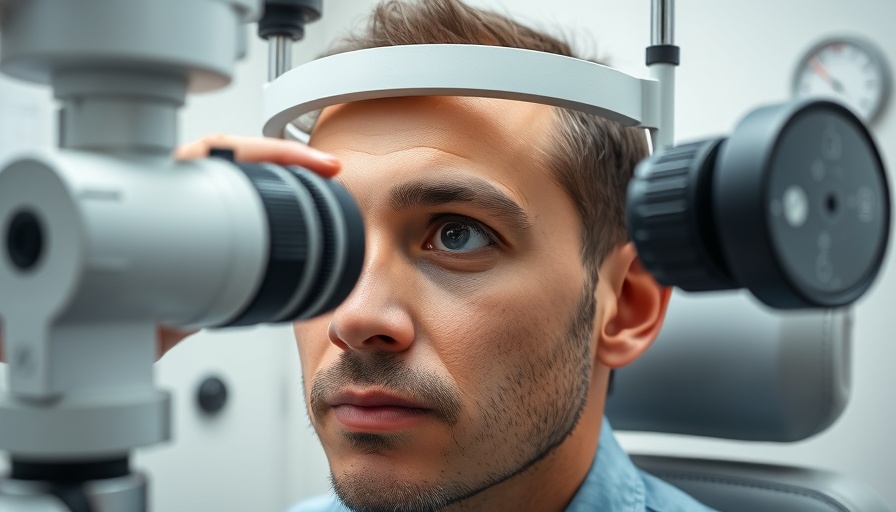
Understanding Nystagmus: A Journey Towards Better Living
Nystagmus, characterized by involuntary eye movements, can complicate everyday tasks for those affected. This condition may be congenital, meaning it develops at birth, or acquired later in life due to injury or illness. Regardless of its cause, understanding nystagmus is crucial in adapting one's lifestyle to minimize its impact on daily living.
Practical Strategies for Everyday Life
Despite the challenges nystagmus presents, numerous practical adaptations can facilitate independent living. Here are key strategies that can enhance daily activities:
Optimize Your Home Environment
Making simple alterations in your living space can create a more accommodating atmosphere. Effective lighting is vital; ensuring rooms are brightly lit with adjustable options helps reduce eye strain. Additionally, applying high-contrast colors in areas like stair edges and furniture can facilitate navigation and improve safety.
Utilize Assistive Technology
Modern tech aids can significantly assist individuals with visual impairments. Screen readers available on most devices convert written text into speech, making information more accessible. Furthermore, adjusting font sizes on your devices can greatly enhance readability, allowing for more enjoyable interactions with technology.
Enhancing Mobility and Navigation
Effective mobility strategies can enable smoother navigation in both familiar and unfamiliar settings. This may include memorizing key routes and landmarks to reduce reliance on potentially challenging signs. Mobility aids like canes or support from friends in crowded areas can also provide necessary guidance.
Emotional Wellbeing and Support
It’s essential to remember that living with nystagmus is not solely about practical adjustments. Emotional resilience plays a significant role in overall well-being. Connecting with support groups or online communities can offer valuable encouragement and an exchange of experiences, fostering a sense of belonging and empowerment.
In conclusion, by combining practical strategies with emotional support, individuals living with nystagmus can optimize their day-to-day activities and lead fulfilling lives. Awareness and advocacy are vital not only for personal comfort but also in cultivating a society that understands and accommodates the challenges faced by those with visual impairments.
 Add Row
Add Row  Add
Add 




 Add Row
Add Row 


 Add
Add
Write A Comment